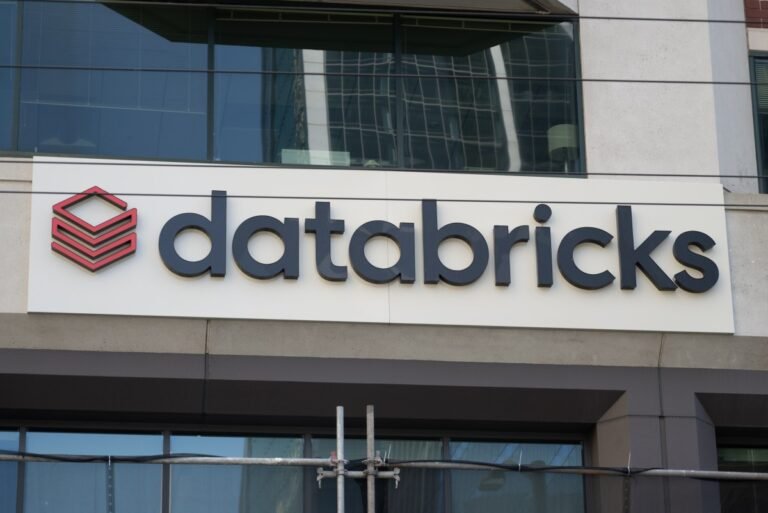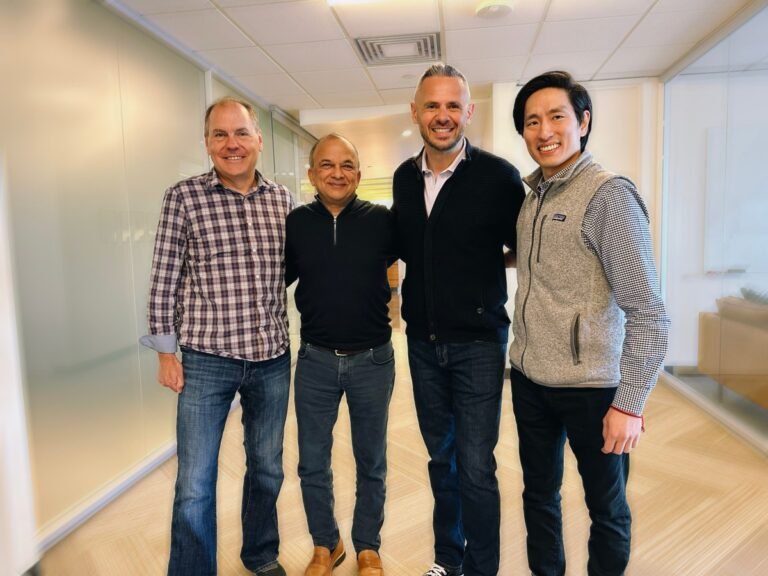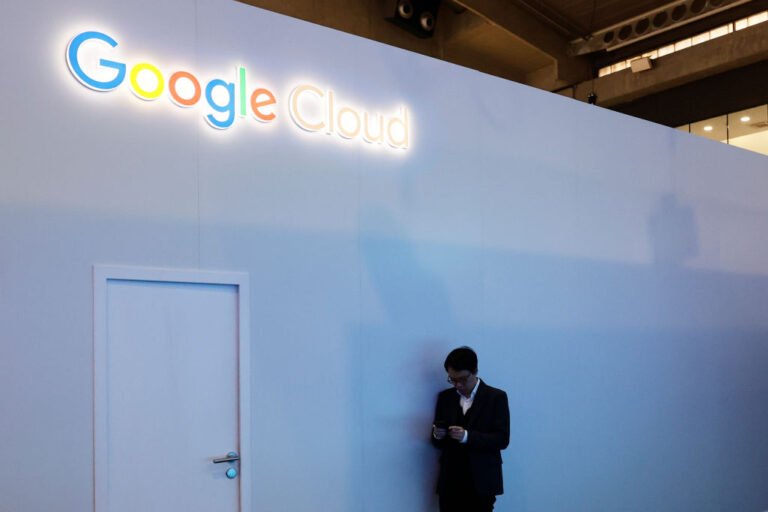
Long-time Android Engineering VP Dave Burke said today that he is stepping down from the role.
Burke, who spent 14 years building Android, is not leaving Alphabet and is exploring “AI/bio” projects within the company.
Burke was involved in pivotal projects, including building Nexus/Pixel phones, developing Chrome for mobile phones, starting Android TV, and spearheading efforts to build and ship developer tools.
“So… after 14 yrs leading Android engineering, I’ve decided it’s time for a change.
So… after 14 yrs leading Android engineering, I've decided it's time for a change.

With LakeFlow, Databricks users will soon be able to build their data pipelines and ingest data from databases like MySQL, Postgres, SQL Server and Oracle, as well as enterprise applications like Salesforce, Dynamics, Sharepoint, Workday, NetSuite and Google Analytics.
In a way, getting data into a data warehouse or data lake should indeed be table stakes because the real value creation happens down the line.
The first is LakeFlow Connect, which provides the connectors between the different data sources and the Databricks service.
It’s fully integrated with Databricks’ Unity Data Catalog data governance solution and relies in part of technology from Arcion.
Databricks is rolling out the LakeFlow service in phases.

Now rebranded as Mosaic AI, the platform has become integral to Databricks’ AI solutions.
Today, at the company’s Data + AI Summit, it is launching a number of new features for the service.
Databricks is launching five new Mosaic AI tools at its conference: Mosaic AI Agent Framework, Mosaic AI Agent Evaluation, Mosaic AI Tools Catalog, Mosaic AI Model Training, and Mosaic AI Gateway.
And we’ve also found in our internal AI applications, like the assistant applications for our platform, that this is the way to build them,” he said.
But when you really pushed people, they were using Open AI.

The promise of Restate is that it is so fast and lightweight that it will allow developers to use it where traditional workflow systems would’ve been too slow and resource-intensive.
The open-source platform Temporal, for example, offers a somewhat similar feature set, though the Restate team would likely argue that its system is faster and more lightweight.
Virtually every modern application today consists of chains of workflows that are handled by a distributed set of services that have to reliably talk to each other.
He believes this will make the service usable in situations where you’d not classically use a workflow engine — think e-commerce shopping carts, for example.
“[Restate] does the classical workflows code things, just on an extremely lightweight foundation — and it goes a little further than just standard workflow use cases.

Jordan Meyer and Mathew Dryhurst founded Spawning AI to create tools that help artists exert more control over how their works are used online.
Meyer claims that, despite the fact that it’s substantially smaller than some other generative AI training data sets out there, Source.Plus’ data set is already “high-quality” enough to train a state-of-the-art image-generating model.
Generative AI models “learn” to produce their outputs (e.g., photorealistic art) by training on a vast quantity of relevant data — images, in that case.
Image Credits: Spawning“Source.Plus isn’t just a repository for training data; it’s an enrichment platform with tools to support the training pipeline,” he continued.
And, Meyer says, Spawning might build its own generative AI models using data from the Source.Plus datasets.

Only a few years ago, one of the hottest topics in enterprise software was ‘robotic process automation’ (RPA).
The rise of generative AI, however, may just be the missing key to building these kinds of systems.
“Last year, generative AI happened and I realized that it unlocks some software scenarios that were impossible before,” Surpatanu said.
You have to combine it with more traditional software if you want to squeeze the best out of it,” he said.
Generative AI, Surpatanu argues, can bring a degree of adaptability to context and an understanding of the user’s intent to these systems that wasn’t really possible before and something that RPA often struggles with.

Greptile, an early stage startup from a group of recent Georgia Tech grads, decided to take a different approach: using AI to help developers understand the code base.
Greptile CEO and co-founder Daksh Gupta says the Greptile bot is like having a highly experienced coworker who has a deep understanding of your code.
“So we’re building AI tools that understand large code bases at companies because as time goes on, and multiple programmers work on the codebase, it tends to get very difficult to understand,” Gupta told TechCrunch.
Once the repositories have been indexed by the system, you add a natural language query such as, how does the authentication work in this code base,” he said.
The startup launched last July after the founders came up with the idea for the company at a hackathon.

The company has rebranded to “Limitless,” and is now offering an AI-powered meeting suite and a hardware pendant that can record your conversations.
Company co-founder Dan Siroker first posted the idea of a conversation-recording pendant last October and started accepting orders at $59.
Siroker posted the final design this week, along with the news of the company’s pivot.
It’s a web app, Mac app, Windows app, and a wearable.
We plan to reimplement many of our user’s favorite Rewind features directly into Limitless,” Siroker said.

Venture capitalists’ appetite for fusion startups has been up and down in the last few years.
The road to true fusion power remains long, but the kicker is that it’s no longer theoretical.
He added the timeline was to be able to get to fusion energy by the mid-2030s.
If we manage to get to that then the middle of the 2030s is possible.”The startup’s investors are equally convinced.
And there are at least 43 other companies developing nuclear fusion technologies.

AI agents are the new hot craze in generative AI.
On Tuesday at Google Cloud Next, the company introduced a new tool to help companies build AI agents.
“Vertex AI Agent Builder allows people to very easily and quickly build conversational agents,” Google Cloud CEO Thomas Kurian said.
In this case, it’s relying on Google Search (which in reality could or could not be accurate).
“We’re now bringing you grounding in Google Search, bringing the power of the world’s knowledge that Google Search offers through our grounding service to models.













